Are you ready to embark on a journey into the extraordinary realm of urban farming? Prepare to be amazed by the 5 revolutionary types of urban farming systems that are reshaping the way we grow food in urban environments. From vertical gardens that defy gravity to aquaponics systems that create symbiotic ecosystems, these cutting-edge approaches will leave you in awe. Join us as we delve into the fascinating world of urban farming and unveil the ingenuity behind these innovative systems.
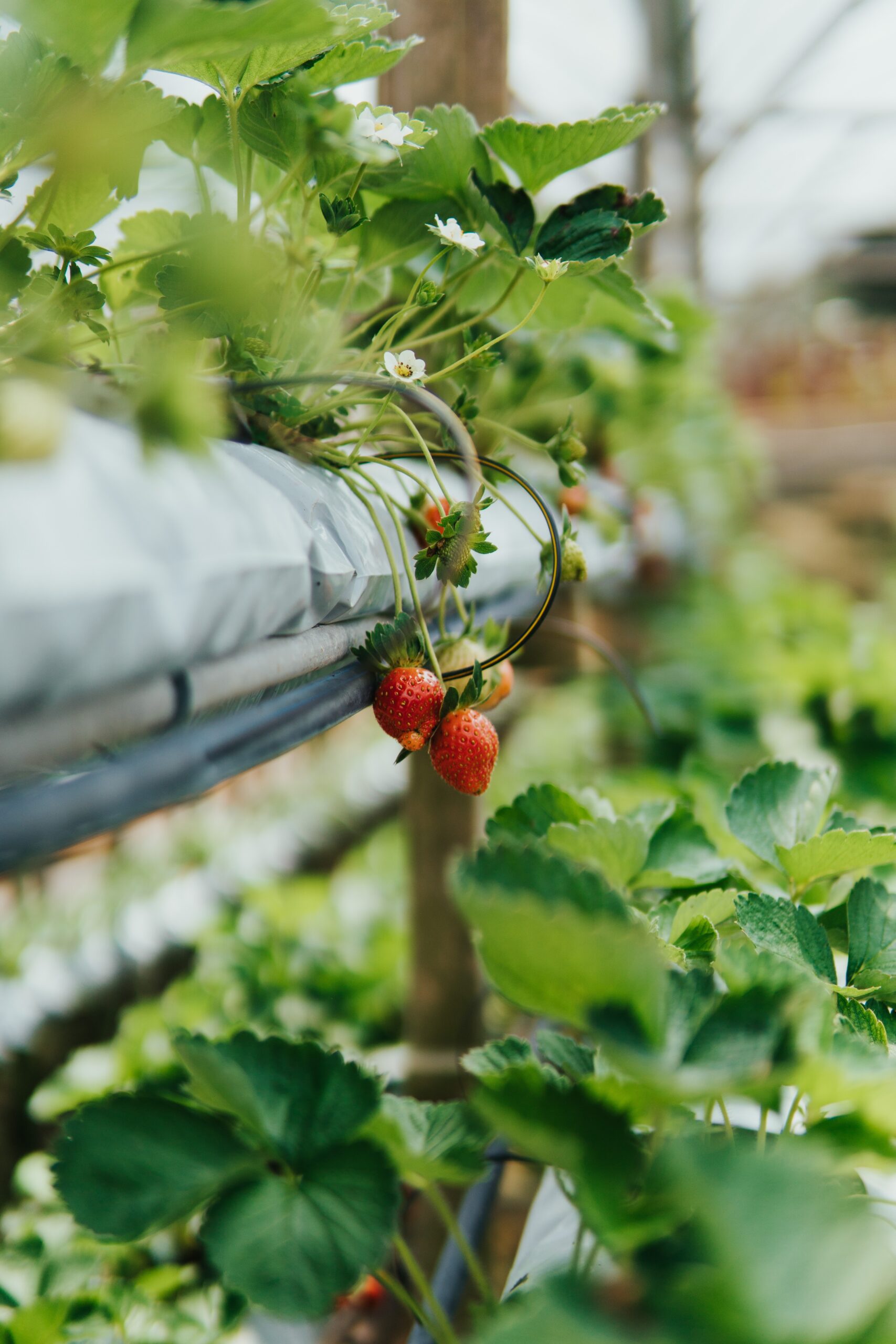
Table of Contents
What is Urban Farming?
Urban farming is the practice of cultivating, processing and distributing food in urban areas, typically with a focus on utilizing limited space and resources efficiently. It encompasses various innovative techniques and systems designed to overcome the constraints of urban environments. By bringing food production closer to consumers, urban farming reduces the distance food travels, leading to fresher and more sustainable food options.
Unveiling the Secrets of Urban Farming: 5 Revolutionary Types Of Urban Farming Systems Explored
Vertical Gardens: Reaching New Heights in Farming
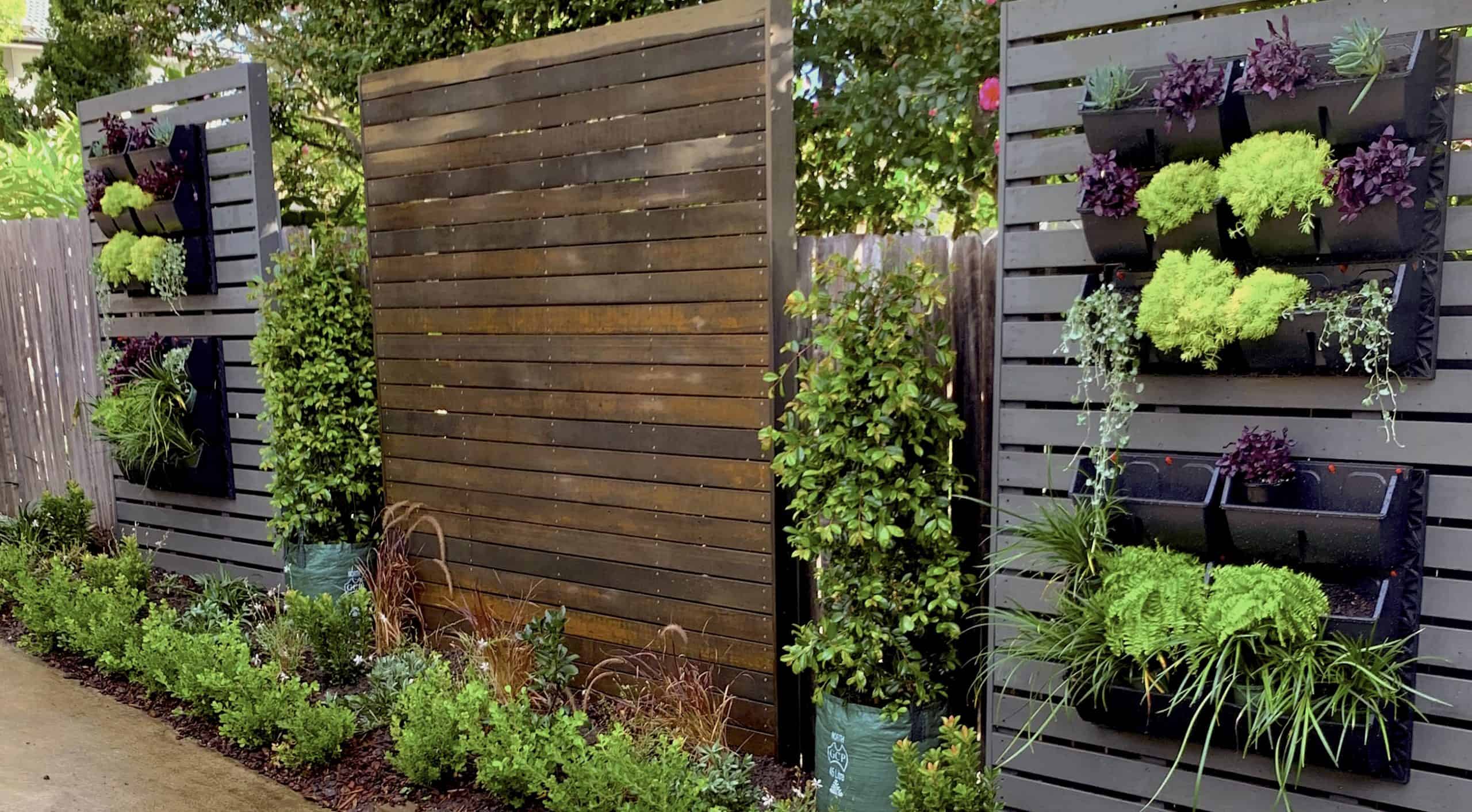
Vertical gardens have transformed urban farming, maximizing space efficiency, and enhancing aesthetics. These innovative systems utilize vertical surfaces, such as walls or buildings, to cultivate a wide variety of plants. By going vertical, urban farmers can grow more crops in a smaller footprint.
Benefits:
- Space efficiency: Vertical gardens make the most of limited space, making them suitable for urban environments with limited land availability.
- Improved air quality: Plants in vertical gardens help filter the air by absorbing carbon dioxide and releasing oxygen, contributing to a healthier urban environment.
- Aesthetically pleasing: Vertical gardens add a touch of greenery to urban landscapes, improving the visual appeal and creating a more pleasant atmosphere.
- Reduced energy consumption: The vegetation in vertical gardens helps insulate buildings, reducing the need for excessive heating or cooling.
Challenges:
- Adequate irrigation: Ensuring proper irrigation and water distribution throughout a vertical garden can be challenging due to gravity and drainage issues.
- Structural considerations: The weight of the soil and plants in a vertical garden requires careful consideration of the structural integrity of the supporting surface.
Maintenance
Regular maintenance, including pruning, watering, and monitoring plant health, is crucial for the success of vertical gardens.
Troubleshooting
If plants show signs of wilting or poor growth, check for adequate water supply, nutrient deficiencies, or pests. Adjust irrigation levels and address nutrient imbalances accordingly.
Tips for Implementation:
- Assess the structural stability and suitability of the chosen location before installing a vertical garden.
- Consider sunlight exposure and access to water when selecting the installation site.
- Use a reliable irrigation system that ensures consistent water supply to all plants.
- Install proper drainage mechanisms to prevent waterlogging and root rot.
- Regularly monitor plant health, addressing issues such as pests, nutrient deficiencies, or wilting promptly.
Scalability and Feasibility:
Vertical gardens are highly scalable and adaptable to various urban contexts. They can be implemented on different scales, from small balconies to large building facades. However, it’s important to consider the upfront costs, including structural modifications and irrigation systems. Community engagement opportunities can arise through vertical garden initiatives, fostering social connections and educational programs on sustainable urban agriculture.
Frequent-Asked Question:
Can I install a vertical garden on any type of wall or building?
A: While vertical gardens can be installed on various surfaces, it’s important to assess the structural stability and suitability of the chosen location. Factors such as sunlight exposure and access to water should also be considered.
Aquaponics Urban Farming: The Symbiotic Fusion of Fish and Plants

Aquaponics is a revolutionary system that combines aquaculture (fish farming) with hydroponics (growing plants in water). In this symbiotic ecosystem, fish waste provides nutrients for plants, while the plants filter and purify the water, creating a self-sustaining cycle.
Benefits:
- Efficient resource utilization: Aquaponics uses water and nutrients more efficiently than traditional farming methods, reducing water consumption and minimizing nutrient runoff.
- Year-round production: Aquaponic systems can operate indoors or in greenhouses, allowing for year-round crop production regardless of seasonal limitations.
- Increased productivity: The symbiotic relationship between fish and plants accelerates plant growth, resulting in higher yields compared to conventional farming methods.
- Reduced dependency on external inputs: Aquaponics eliminates the need for chemical fertilizers, relying on the natural nutrient cycle between fish and plants.
Challenges:
- System complexity: Setting up and maintaining an aquaponic system requires a solid understanding of fish care, water chemistry, and plant nutrition.
- Initial investment: Aquaponics systems can have higher upfront costs due to the need for specialized equipment, such as fish tanks, grow beds, and filtration systems.
- Fish health management: Maintaining optimal water conditions and addressing fish health issues, such as disease prevention and water quality, requires ongoing attention.
Tips for Implementation:
- Start with a small-scale system to familiarize yourself with aquaponics before expanding.
- Choose fish and plant species that are compatible with the local climate and water conditions.
- Monitor water quality parameters regularly, including pH, ammonia, nitrite, and nitrate levels.
- Balance fish stocking density with the plant’s nutrient requirements to maintain a healthy ecosystem.
- Provide adequate aeration and filtration to ensure optimal fish and plant health.
Scalability and Feasibility:
Aquaponics can be implemented in various urban settings, from small indoor systems in apartments to large commercial setups. However, the scalability and feasibility depend on factors such as available space, access to fish feed, and market demand for aquaponic products. Collaborative initiatives with local businesses, community centers, or schools can foster knowledge sharing and make aquaponics more accessible to urban communities.
Troubleshooting
If fish exhibit unusual behavior or poor health, test water parameters and adjust as needed. If plants show signs of nutrient deficiencies, check fish feeding and ensure proper nutrient cycling in the system.
Frequent Asked Question
Q: Can I consume fish and vegetables grown in an aquaponic system?
A: Yes, the fish and vegetables produced in aquaponic systems are safe for consumption. However, proper care must be taken to ensure the health and hygiene of the system, including water quality and fish feed.
Rooftop Urban Farming: Harnessing the Power of Elevated Spaces
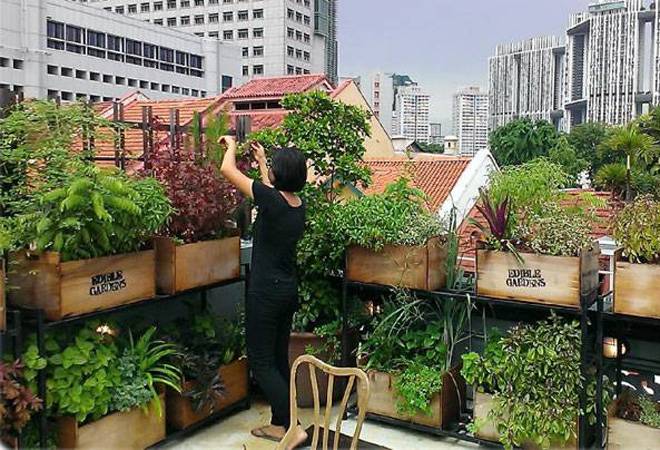
Rooftop farms are transforming urban rooftops into productive agricultural spaces. These innovative farming systems take advantage of unused roof areas, providing numerous benefits for urban communities.
Benefits:
- Optimal use of space: Rooftop farms convert underutilized spaces into productive areas, maximizing the use of urban real estate.
- Local food production: By growing food on rooftops, cities can reduce their dependence on long-distance food transportation and support local food systems.
- Heat island mitigation: Rooftop farms help reduce the urban heat island effect by absorbing heat and providing shade, thus cooling the surrounding environment.
- Stormwater management: Vegetation on rooftop farms can help absorb and retain rainwater, reducing stormwater runoff and mitigating flood risks.
Challenges:
- Structural considerations: Rooftop farms require proper structural assessments to ensure that the building can support the additional weight of soil, plants, and irrigation systems.
- Accessibility and logistics: Transportation of materials, water, and harvested crops to and from rooftop farms can pose logistical challenges.
- Sun and wind exposure: Rooftop farms are exposed to direct sunlight and strong winds, requiring careful selection of crops and implementation of protective measures.
Tips for Implementation:
- Conduct a structural assessment to determine the rooftop’s load-bearing capacity and make necessary modifications if needed.
- Opt for lightweight growing mediums and containers to minimize the weight load on the rooftop.
- Install proper irrigation systems, taking into account the water source, drainage, and water conservation measures.
- Select crops suitable for rooftop conditions, considering factors such as sun exposure, wind tolerance, and space limitations.
- Create a plan for efficient transportation of materials and harvested crops, considering elevator access or alternative methods like hoists or pulley systems.
Scalability and Feasibility:
Rooftop farms have scalability potential in urban areas, as long as the structural integrity of the buildings is considered. The feasibility of rooftop farming depends on factors such as building regulations, access to water, and community support. While initial setup costs may be higher due to structural modifications and irrigation systems, rooftop farms can contribute to local food resilience, community engagement, and even revenue generation through direct sales or partnerships with local businesses.
Troubleshooting
If plants show stunted growth or root rot, check misting system functionality, nutrient levels, and root health. Adjust misting frequency and nutrient concentration accordingly.
Frequent Asked Question
Q: Can I grow all types of plants using aeroponics?
A: Aeroponics can be used to grow a wide range of plants, including leafy greens, herbs, strawberries, and certain fruiting crops. However, some plants may require additional support structures or adaptations to thrive in aeroponic systems.
Container Farms: Cultivating Crops in Compact Spaces
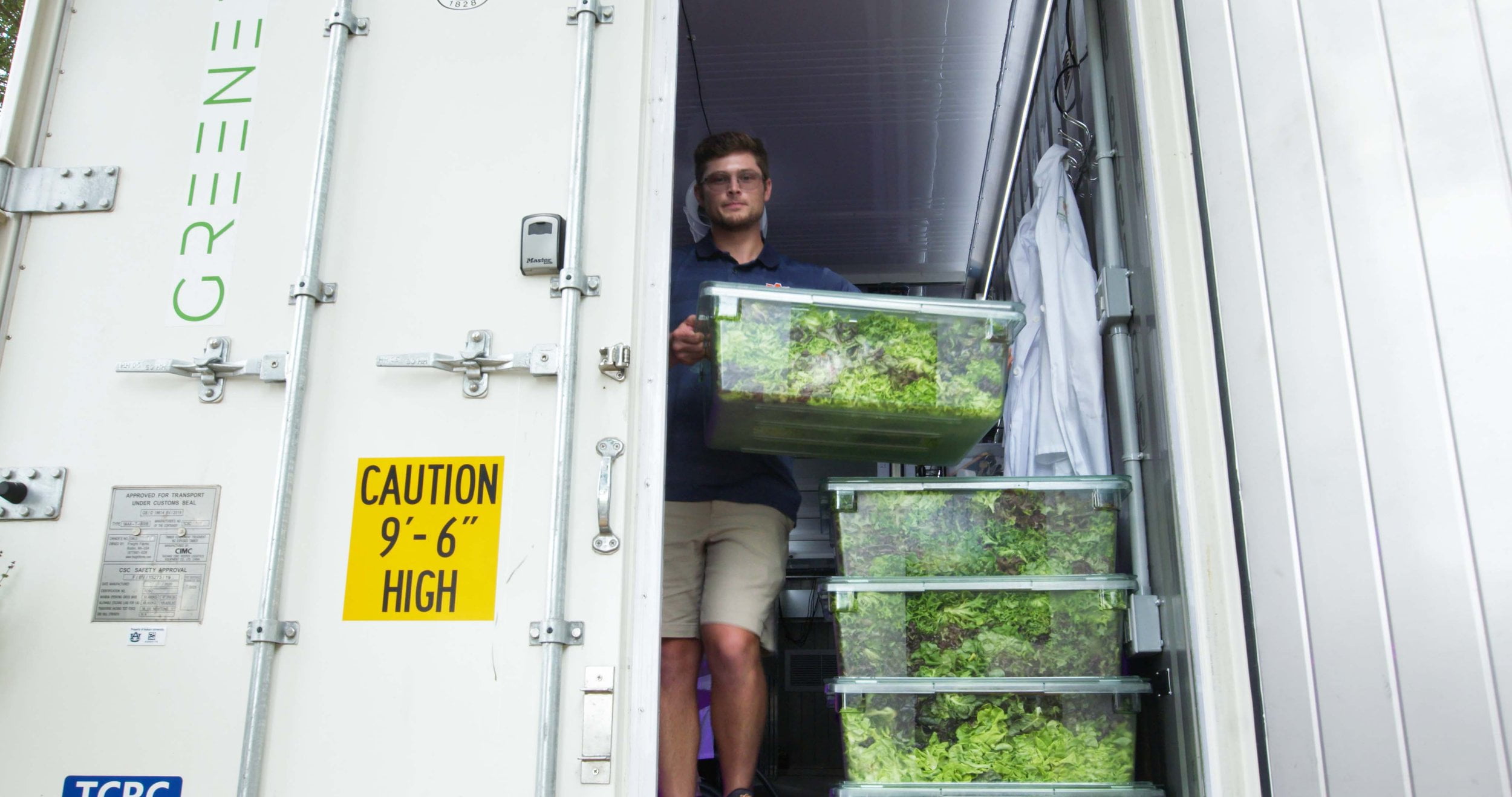
Container farms offer a compact and versatile solution for urban farming, utilizing repurposed shipping containers as controlled-environment growing spaces. These farms provide year-round crop production with minimal space requirements.
Benefits:
- Flexibility and mobility: Container farms can be placed in various urban locations and easily relocated if necessary, making them suitable for temporary or leased spaces.
- Climate control: The controlled environment inside containers allows for precise management of temperature, humidity, and lighting, enabling year-round production of crops regardless of external conditions.
- Reduced water usage: Container farms often incorporate hydroponic or aeroponic systems that use significantly less water compared to traditional soil-based agriculture.
- Protection from pests and diseases: The enclosed structure of container farms provides a physical barrier against pests and diseases, reducing the need for chemical pesticides.
Challenges:
- Initial investment: Container farms require upfront investment in infrastructure, such as containers, lighting systems, climate control equipment, and irrigation systems.
- Energy consumption: Maintaining the controlled environment inside containers may result in higher energy consumption, impacting operational costs and environmental sustainability.
- Limited crop selection: Due to space constraints, container farms may not be suitable for large crops or those with extensive root systems.
Tips for Implementation:
- Choose a container size and type suitable for the desired crop production and available space.
- Install climate control systems, including heating, ventilation, and air conditioning (HVAC), as well as LED lighting for optimized plant growth.
- Select appropriate growing systems such as hydroponics, aeroponics, or vertical farming to maximize space utilization.
- Implement a nutrient management plan to ensure plants receive the necessary nutrients for healthy growth.
- Monitor and adjust environmental parameters regularly, including temperature, humidity, CO2 levels, and pH.
Scalability and Feasibility
Container farms are highly scalable and adaptable to different urban contexts, as they can be easily replicated or expanded as needed. However, the feasibility of container farms depends on factors such as access to affordable containers, energy costs, and market demand for container-grown produce. In urban areas with limited space, container farms can offer a viable solution for local food production, educational initiatives, and entrepreneurship opportunities.
Troubleshooting
If plants show signs of stress or inadequate growth, check for irrigation problems, nutrient deficiencies, or excessive wind exposure. Adjust irrigation settings and provide wind protection if needed can present logistical challenges.
Frequent Asked Question
Q: Are rooftop farms accessible to the public?
A: Some rooftop farms are open to the public, offering tours, educational programs, and community events. However, access policies may vary depending on the specific rooftop farm and its location.
Vertical Farms: Growing Upwards for Sustainable Agriculture
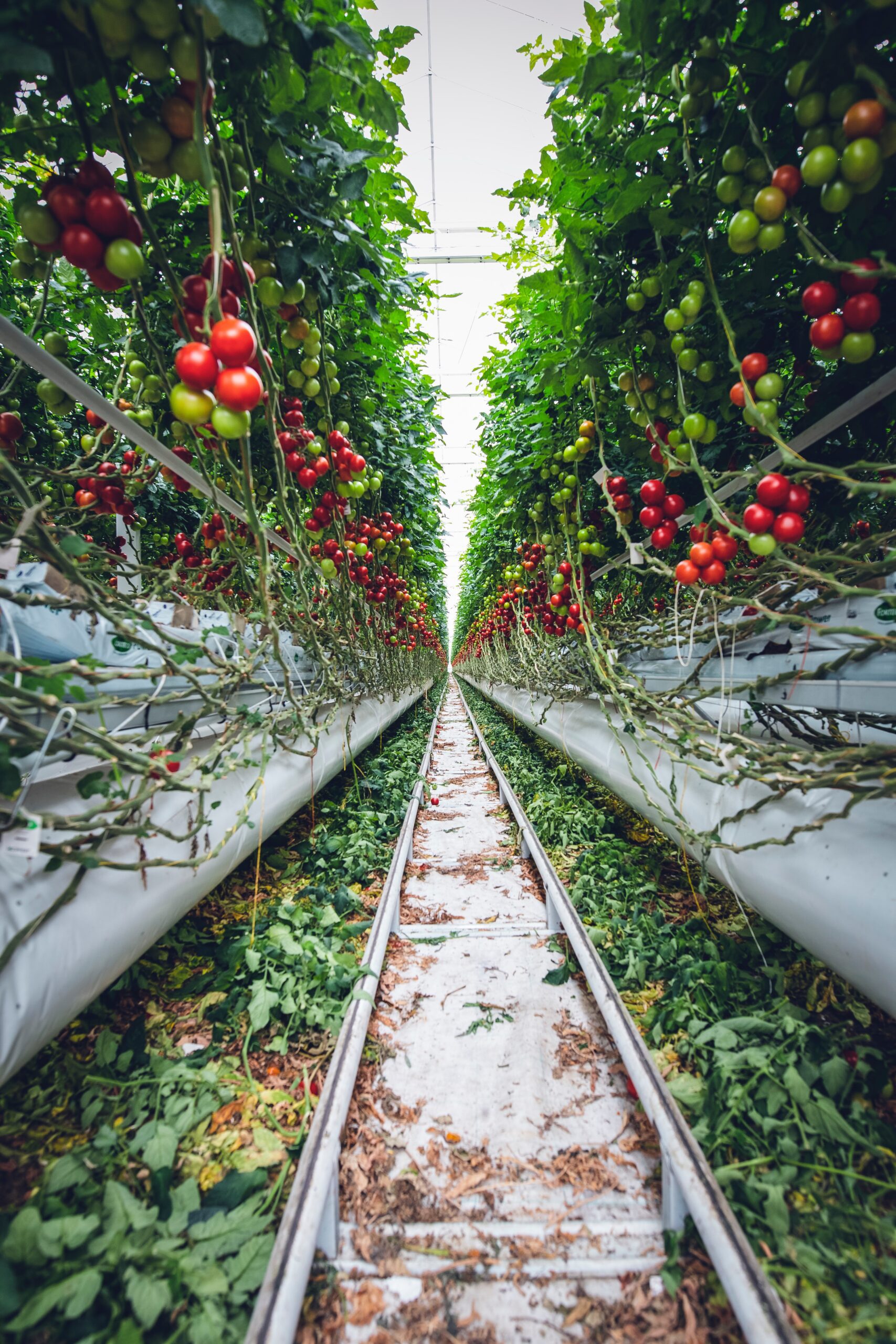
Vertical farms revolutionize urban farming by utilizing vertical space to grow crops in stacked layers or vertical towers. This innovative approach maximizes productivity while minimizing the land footprint.
Benefits:
- Space efficiency: Vertical farms optimize land use by utilizing vertical space, allowing for higher crop yields per square foot of land.
- Year-round production: Controlled-environment vertical farms enable year-round crop cultivation, reducing dependence on seasonal factors and climate fluctuations.
- Reduced water usage: Vertical farming often incorporates hydroponic or aeroponic systems that use significantly less water compared to traditional soil-based agriculture.
- Minimal pesticide use: The controlled environment in vertical farms reduces the need for chemical pesticides, promoting sustainable and organic farming practices.
Challenges:
- High initial investment: Vertical farming requires significant upfront investment in infrastructure, including vertical structures, lighting systems, climate control equipment, and irrigation systems.
- Energy consumption: Maintaining the controlled environment in vertical farms can result in higher energy consumption, impacting operational costs and environmental sustainability.
- Technical expertise: Successful vertical farming requires knowledge of advanced cultivation techniques, such as artificial lighting, nutrient management, and climate control.
Tips for Implementation:
- Plan the layout and design of the vertical farm, considering factors such as space availability, lighting requirements, and ease of maintenance.
- Install efficient LED lighting systems that provide the necessary light spectrum for plant growth while minimizing energy consumption.
- Implement a precise irrigation system that delivers water and nutrients directly to the plants’ roots, maximizing resource efficiency.
- Develop a crop rotation plan to optimize yields and minimize the risk of pests and diseases.
- Monitor and adjust environmental parameters regularly, including temperature, humidity, CO2 levels, and nutrient concentrations.
Scalability and Feasibility
Vertical farms have the potential for scalability in urban areas, particularly in high-rise buildings or repurposed industrial spaces. The feasibility of vertical farming depends on factors such as the availability of suitable infrastructure, energy costs, and market demand for vertically grown produce. While the initial investment and technical expertise required may pose challenges, vertical farming offers opportunities for sustainable food production, urban revitalization, and local job creation.
Troubleshooting
If plants show signs of wilting or nutrient deficiencies, check watering practices, soil moisture levels, and nutrient availability. Adjust watering frequency and nutrient supplementation as required in extreme weather conditions.
Frequently Asked Questions On Types of Urban Farming Systems
Are these urban farming systems suitable for all types of urban spaces?
Absolutely! The beauty of these revolutionary farming systems lies in their adaptability to various urban environments. Whether you have a small balcony, a rooftop, or an empty wall, there’s a system that can work wonders for you.
Can I grow a wide variety of crops using these systems?
Certainly! Each of these urban farming systems offers great versatility when it comes to the types of plants you can grow. From leafy greens and herbs to fruits and flowers, you can explore a diverse range of crops based on your preferences and climate conditions.
How do these systems contribute to sustainability?
These systems promote sustainability in multiple ways. They minimize water usage, reduce the need for pesticides and herbicides, and eliminate transportation emissions associated with long-distance food supply chains. Additionally, they promote green spaces in urban areas, fostering a connection with nature and improving overall well-being.
Conclusion
In conclusion, the world of urban farming is bursting with innovation, creativity, and jaw-dropping systems that redefine how we produce food in cities. The 5 revolutionary types of urban farming systems we’ve explored—vertical gardens, aquaponics, aeroponics, rooftop farms, and container gardening—showcase the limitless possibilities for sustainable and efficient food production in urban environments.
By implementing these farming systems, urban communities can enhance food security, reduce environmental impact, and foster local food resilience.
Additionally, collaborative initiatives, education programs, and partnerships with local businesses can further promote the adoption and success of urban farming in diverse urban contexts. Please note that the specific implementation details and feasibility may vary depending on the location and specific urban context. It’s important to consider local regulations, available resources, and consult with experts or organizations specialized in urban farming for guidance tailored to your specific situation.

I love this amazing technology, honestly from my heart, this is very great discovery, pls keep it up and continue to sensitize people.